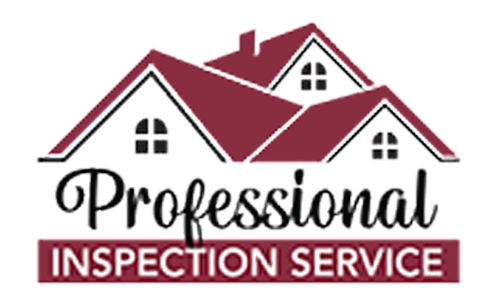content
PROFESSIONAL HOME INSPECTION SERVICE PROVIDES MOLD INSPECTIONS AND TESTING FOR RESIDENTIAL AND COMMERCIAL BUILDINGS
WHAT IS MOLD?
Found both indoors and out, prolonged exposure to mold in the home can pose a serious threat to human health. Spread primarily in damp environments, a large majority of homes and buildings in the U.S. possess some level of mold growth. Although no maximum contamination levels have been determined, studies have shown mold exposure can result in a myriad of health issues from allergy-like symptoms to the development of autoimmune conditions, sick building syndrome, and more. A common-sense approach to interpretation and remediation is therefore critical. If you are particularly mold-sensitive or believe the building may have a significant mold issue, mold inspection and mold testing are always appropriate.
ASSESSMENT & TESTING
In Binghamton, Ithaca, Cooperstown, and Cortland, NY
While observations regarding mold and conditions conducive to mold may be addressed in our general home inspection reports, it may be appropriate to order a separate mold inspection if a more comprehensive and detailed evaluation is desired. Although mold testing is not required, we rigorously follow New York State regulations and industry standards to ensure your health is in the best possible hands. We not only work to find the moisture source and location of the mold, but we also strictly follow New York State laws to ensure the mitigation site is properly cleaned after. Our mold inspection report provides the following:
- Description of the specific observed molds
- Locations of the mold
- The quantity (square foot area covered by mold)
- The type of material upon which the mold is growing
- The moisture source
- Specific recommendations for mitigating the moisture source and cleaning up or removing the mold.
SAMPLING
Mold sampling is also available from Professional Home. Swab sampling is used to test visible or suspected mold on surfaces. The test area is wiped with the swab and any mold adhering to the swab is microscopically analyzed by a nationally certified laboratory to determine the relative quantity and type of mold. Air sampling is used to determine the relative concentrations of mold in the air and involves simultaneous testing of exterior air to form a baseline for comparison. Air is pumped past a sticky slide that is then microscopically analyzed to determine the quantity and type of mold in the air.
